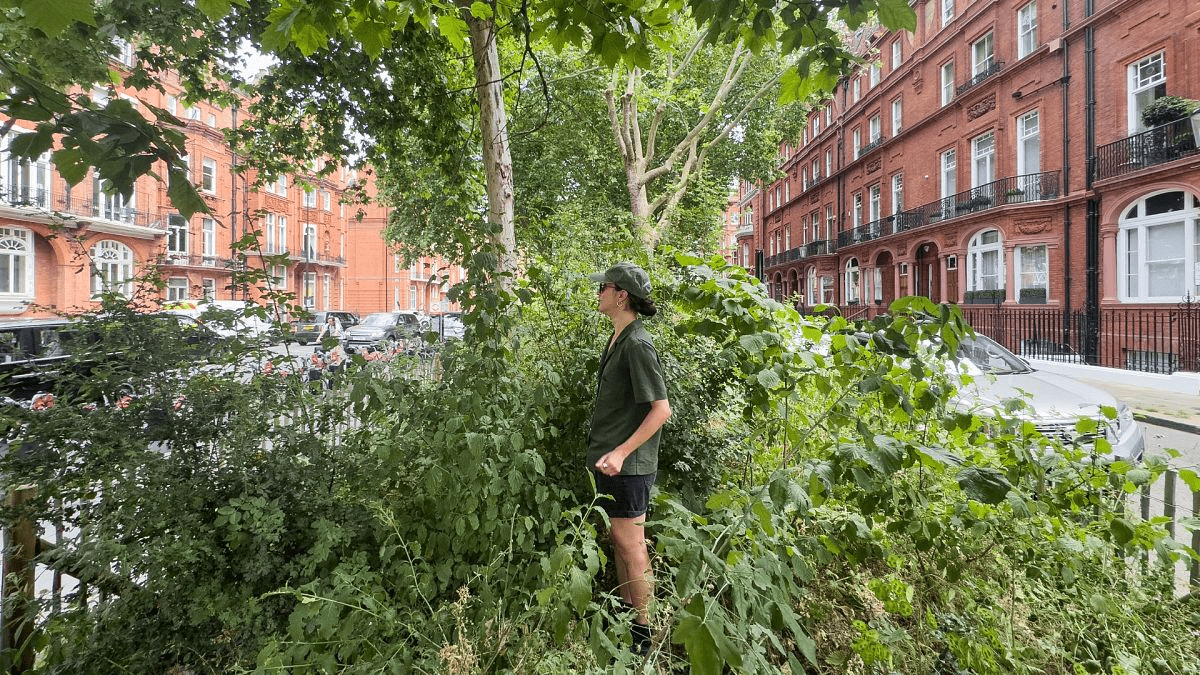Why “hacking nature” is back on the table
As climate damages mount and emissions cuts lag, policymakers and scientists are re-examining once-taboo ideas such as marine cloud brightening and stratospheric aerosol injections, the Wall Street Journal reports. Proponents argue that targeted trials, under strict governance, could buy time by reflecting more sunlight and moderating extreme heat. Skeptics warn of unpredictable regional rainfall shifts, geopolitical tensions over who controls the “thermostat,” and moral hazard that blunts decarbonization. The renewed interest dovetails with surging investment in carbon removal and weather-risk analytics, signaling a broader shift from prevention alone to a portfolio of mitigation, adaptation, and potential climate interventions.
Supporters cite real-world precedents in smaller domains: cloud seeding for water management, urban cool-roof programs, and volcanic eruptions that briefly cooled the planet. But scaling any intervention would demand international rules, liability regimes, and monitoring so that benefits or harm are measurable and reversible. Even research flights can trigger public backlash; the burden of proof sits high. The debate now is less “whether” to study than “how” to govern experiments transparently and ensure emissions cuts remain primary.

Risks, governance, and the path forward
Any geoengineering pilot must answer three questions: Does it work as intended? What are the side effects? How do we stop if outcomes sour? That requires shared data, independent oversight, and red-team stress-tests against worst-case feedback loops. Small-area, short-duration trials with open telemetry may build confidence—or reveal deal-breakers—before larger steps. Meanwhile, energy systems continue electrifying, but heat and wildfire seasons are lengthening, pushing cities to evaluate reflective surfaces, shade corridors, and heat-health early warnings that don’t carry global knock-on risks.
For emerging economies on the front lines, governance must include representation and remedy. If rainfall shifts hit food systems, who pays? Insurance and climate-finance tools—parametric policies, loss-and-damage facilities—will be tested alongside any intervention. The signal from today’s policy conversation is pragmatic: keep cutting emissions fast, harden infrastructure, expand carbon sinks—and study sun-light-management carefully, with global guardrails, not as a shortcut but as a contingency.

 TPW DESK
TPW DESK 








